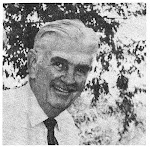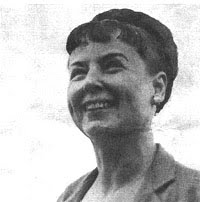 |
| The Caldecott Medal and Randolph Caldecott |
This year marks the 75th anniversary of the prize created during the Great Depression. Like the Newbery Medal, created 15 years earlier and awarded by the American Library Association, the Caldecott is an indication of a “safe investment” for book buyers. The Caldecott is awarded by the Association of Library Service to Children to a winner and honorable mentions for the most distinguished contribution by an artist who is an American citizen or resident. The ALSC is a division of the ALA.
In 1942, as America entered uncertain times and became embroiled in war, Holling Clancy Holling was honored for his Paddle-to-the-Sea, published by Houghton Mifflin. The winner that year was Make Way for Ducklings by Robert McCloskey. Also receiving Honor prizes that year were An American ABC by Maud and Miska Petersham, In My Mother’s House by Ann Nolan Clark (author) and Velino Herrera (illustrator), and Nothing at All by Wanda Gág. (For older readers of this blog, let me ask how many of the 1942 Caldecott winners have you read?)
The medal is named for Randolph Caldecott, one of three influential children's illustrators working in England in the 19th century. The other two were Kate Greenaway and Walter Crane. The artwork is taken from Caldecott's illustrations for The Diverting Story of John Gilpin, which exemplifies his humor, vitality and sense of movement. The illustration shows John Gilpin astride a runaway horse, accompanied by squawking geese, braying dogs and startled onlookers.
Seventy-five years later, the Caldecott Medal is still an assurance of excellence in illustration.









No comments:
Post a Comment